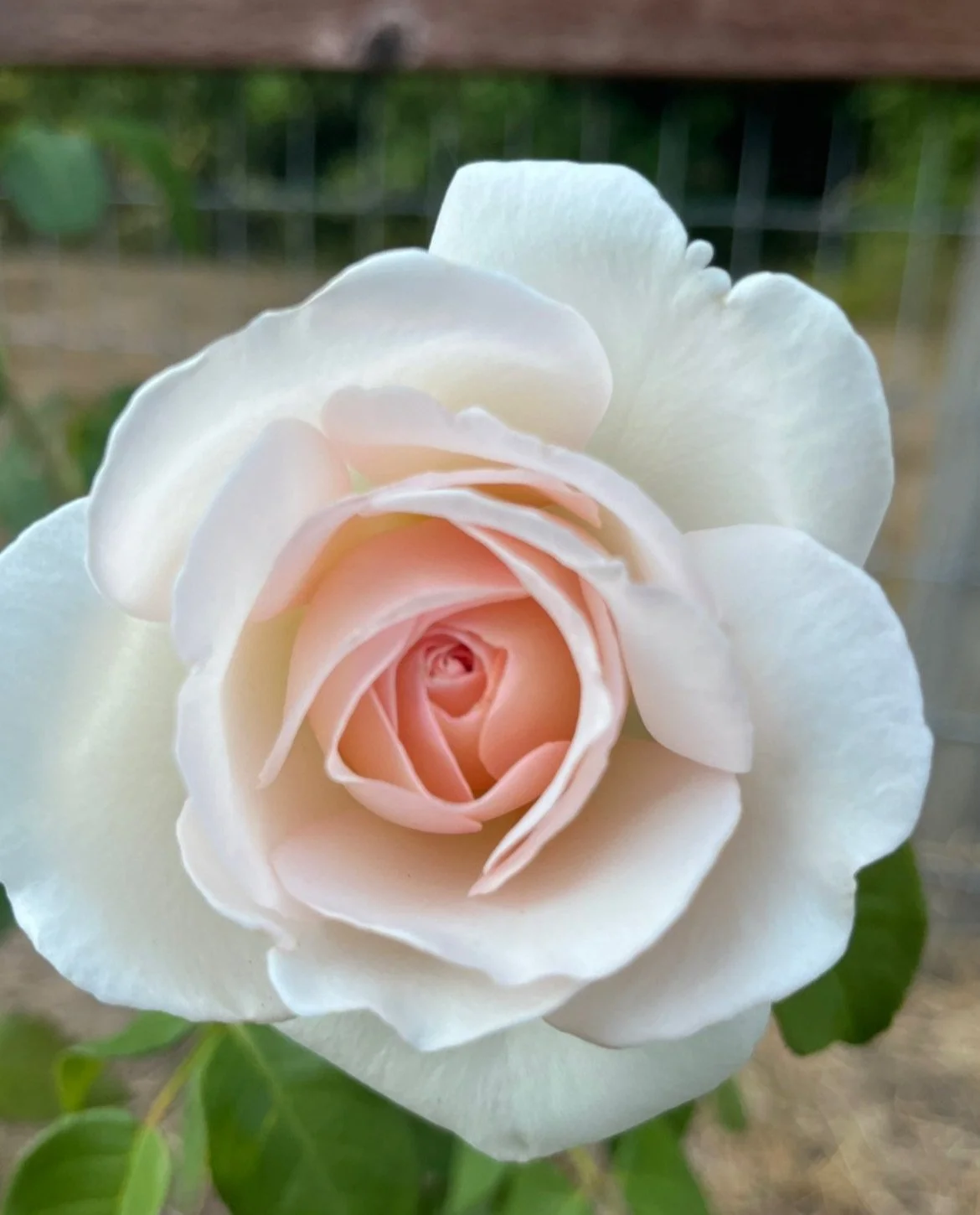Mother’s Day Perennial Garden: A “How To” Guide
Mother’s Day is a time to honor and celebrate the incredible women in our lives who have nurtured, supported, and loved us unconditionally. What better way to express your gratitude than by creating a beautiful garden space inspired by these amazing women!? (and spoiler alert: YOU are amazing. So let’s celebrate!)
In this blog post, I’ll share some of my favorite perennial plants for the garden, and offer tips on how to design it in a way that that will bring joy to you and yo mama! :)
Bonus: These plants make great Mother’s Day Gifts… so send this to your loved ones who could use a hint!
Perennial plants are the perfect choice for a Mother’s Day garden: they represent longevity, resilience, and the enduring bond between a mother and her loved ones. Unlike annuals, which need to be replanted each year, perennials come back year after year with little-to-no effort on your part! (Reminder: I like to be a lazy gardener!)
Before we look at the list of possibilities, Let’s start with three show-stoppers (because every good flower garden needs a few stunners!)
Peony
Peony photo from NatureHills.com
With so many varieties, what’s not to love about the peony??
One of the most popular perennial flowers is the peony. Peonies symbolize prosperity, good fortune, and compassion— aka: they symbolize all the wonderful mothers in our lives.
Peonies come in a variety of pink, white, red, and even yellow, and I feel like I need every single variety! I always mix in some Bone Meal with the soil when I plant them. (you can find Bone Meal here on Amazon ! )
Plant these babies in full sun, about 2” below the soil. They bloom in Late May - Late June here in the PNW, but you can plant them any time (even in the dead of winter!) Just be sure not to bury them too deep: If the eyes are too far below the surface, they may not flower!
Hydrangea
Hydrangea photo from NatureHills.com
Hydrangea is a favorite for so many reasons!
Another workhorse for the garden is the hydrangea. These babies can grow LARGE, and their blooms are large to match! Did you know: the soil’s pH can control the color of the plant, and you can actually purchase specific acidifier to change it blue, pink, purple, and white! (I actually took cuttings from my blue hydrangea a few years ago, and the cuttings sprouted pink flowers!)
One thing to note: The afternoon sun can damage the flower petals when the summer heat really kicks in. If you have a location that is full sun from morning until mid afternoon, the flowers will thank you for late afternoon shade!
Another great perk of growing hydrangeas: They dry beautifully!!
Rose
Pictured: Francis Meilland Rose
(photo by Cedar Flats Flower Farm)
Roses are such a classic perennial flower, but honestly: they can be a big finicky! I have found a few tricks that have really taken my “rose game” to the next level:
Feed your roses at the end of winter, prior to the growing season (You can find this rose food at Nature Hills or this rose food on amazon)
Cut back your roses with a sharp set of snips to about 1/3 their size by February, before the growing season. (but NOT climbing roses!) *** Corona Snips are by far the best, and I will die on this hill!!
Discard any leaves that look “suspicious,” such as spots, discoloration, blackened/burnt looking etc. (do not compost, throw them in the garbage!)
Timing it Right:
When designing your perennial garden, consider using flowers that bloom at different times throughout the year: This will ensure that your garden remains vibrant and colorful from spring through fall!
Below, I’ve listed my go-to perennial flowers and their bloom time. If you add a variety from each list, you’re sure to have a glowing garden for months and months.
Early Blooming Perennials:
Heath or heather
Summer Blooming Perennials:
Fall Blooming Perennials:
Burning Bush (Not a “flower” but it turns bright red in the fall, it’s really spectacular!)
Putting it all together:
In addition to choosing the right plants, thoughtful design is key to creating a perennial garden that truly shines.
When choosing the location for your perennial plants, I’ve learned three lessons the HARD way:
Give perennials more room than you think: It’s better to err on the spacious side and have a sparse looking garden the first year… because when they come back, they come back MUCH bigger!
Be mindful of the height of each plant: For example, you won’t want to plant super tall delphinium in front of low growing plants like dianthus!
Make sure you’ve got the right light: Some perennials want full sun, while others want some shade. Be sure to look at the label of each to give it the best placement possible!
Celebrating Mother’s Day (and every other day) with perennial plants is a wonderful way to give yourself the gift of rest. When you learn how to maintain a perennial garden, you will quickly find that it’s much less work!
I hope this article has inspired you to try a few more perennials! Did I forget some of your favorites? Comment below so we can share gardening ideas!
*Most links above are affiliate links, and I may earn a tiny commission from qualifying purchases







